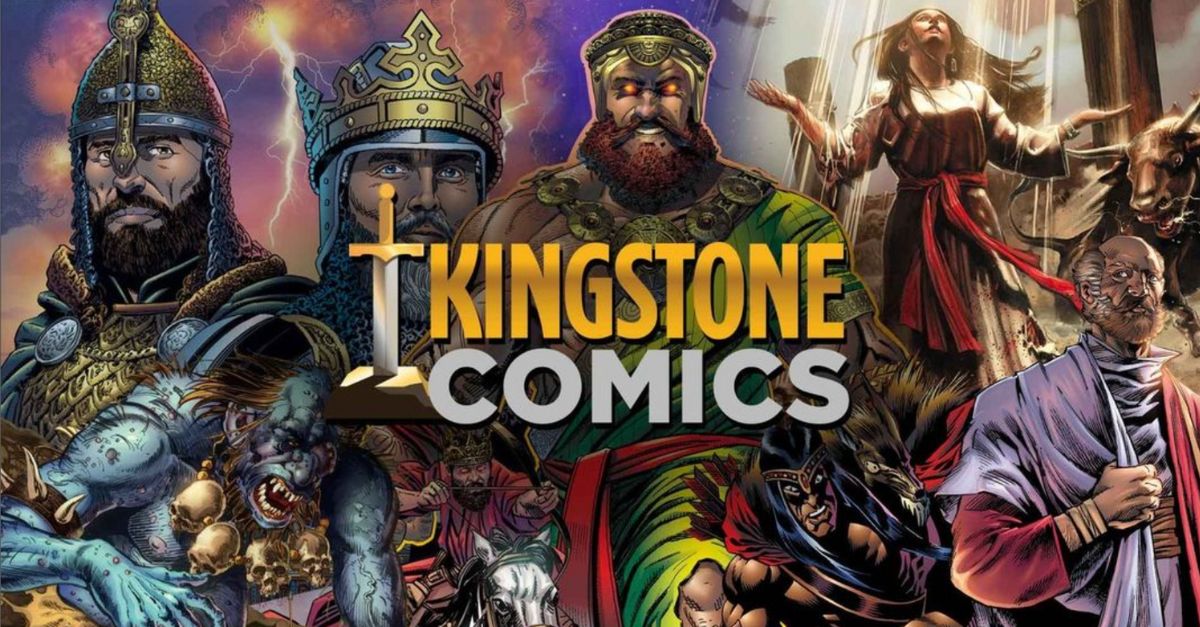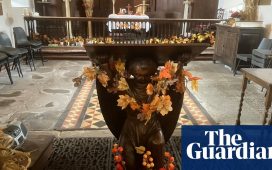The CEO of a Christian-owned comic book publisher says he’s on a mission to teach America’s children the true history of the nation’s founding, and he believes comic books can play a key role. Kingstone Studios is best known among Christians for its six-volume Kingstone Bible, an award-winning graphic adaptation of Scripture from Genesis to Revelation that covers nearly 2,000 pages and 10,000 panels.
But Kingstone is increasingly gaining a following for its history-themed comics. It recently launched U.S. Comics, an imprint for parents and children alike who desire a recounting of American history with visually engaging, graphic-style storytelling. It released a 360-page comic book, America Part One, along with comics focused on the Constitution, Paul Revere’s Ride, and the Declaration of Independence. All in total, U.S. Comics has released more than a dozen titles, promising “historically accurate” comics.
“After I read the 1619 Project, I said, ‘We’ve got a disconnect here,'” Kingstone Studios’ CEO Art Ayris told Crosswalk Headlines, referencing the controversial history project that has drawn criticism from both the Left and the Right.
“Just like we did with the graphic adaptation of the Bible, I felt like we needed also to tackle American history, American ideals. You cannot read the story of the founding of America without seeing God in the Bible and faith just interwoven into it.”
Most of Kingstone’s artists, he said, have drawn for Marvel, DC, Dark Horse, and the biggest comic publishers in the United States.
Excellence is the goal, Ayris said.
“I feel like when people look at that medium, it needs to be at that level,” he said of Kingston books carrying the style of Marvel, DC, and others.
Diamond Comics, the largest comic book distributor with a vast network of stores across America, carries U.S. Comics publications. Some stores carry the Kingstone Bible, he said.
The target audience, he said, is children, teens, and young adults. Comics are a “universal medium,” he said, that can boost learning in ways text alone cannot.
“When you take the sequential panels and the words, and you begin marrying them together — it really helps with reading,” he said. “My mother had a doctorate in education, and she was a big believer in the funny papers [in the newspaper] because of people being able to read.”
Ayris cited Allan Paivio’s 1970s dual coding theory, which suggests information is processed and stored in the brain using two systems: one for verbal information (such as language) and one for visual information (like images).
“When you marry those together, there’s much greater retention,” he said.
Photo Credit: ©Instagram/kingstone_comics
Michael Foust has covered the intersection of faith and news for 20 years. His stories have appeared in Baptist Press, Christianity Today, The Christian Post, the Leaf-Chronicle, the Toronto Star and the Knoxville News-Sentinel.






